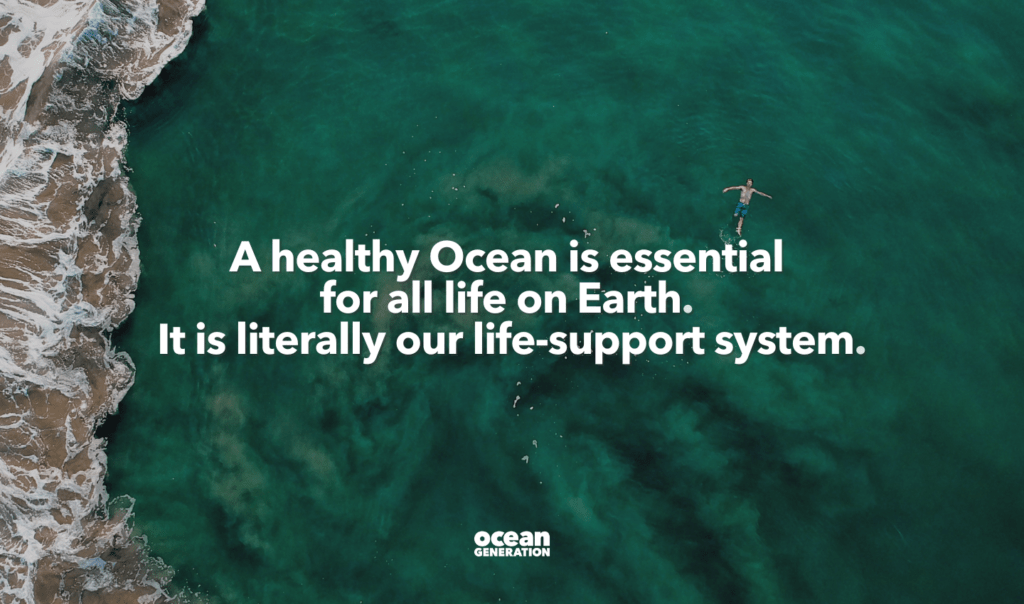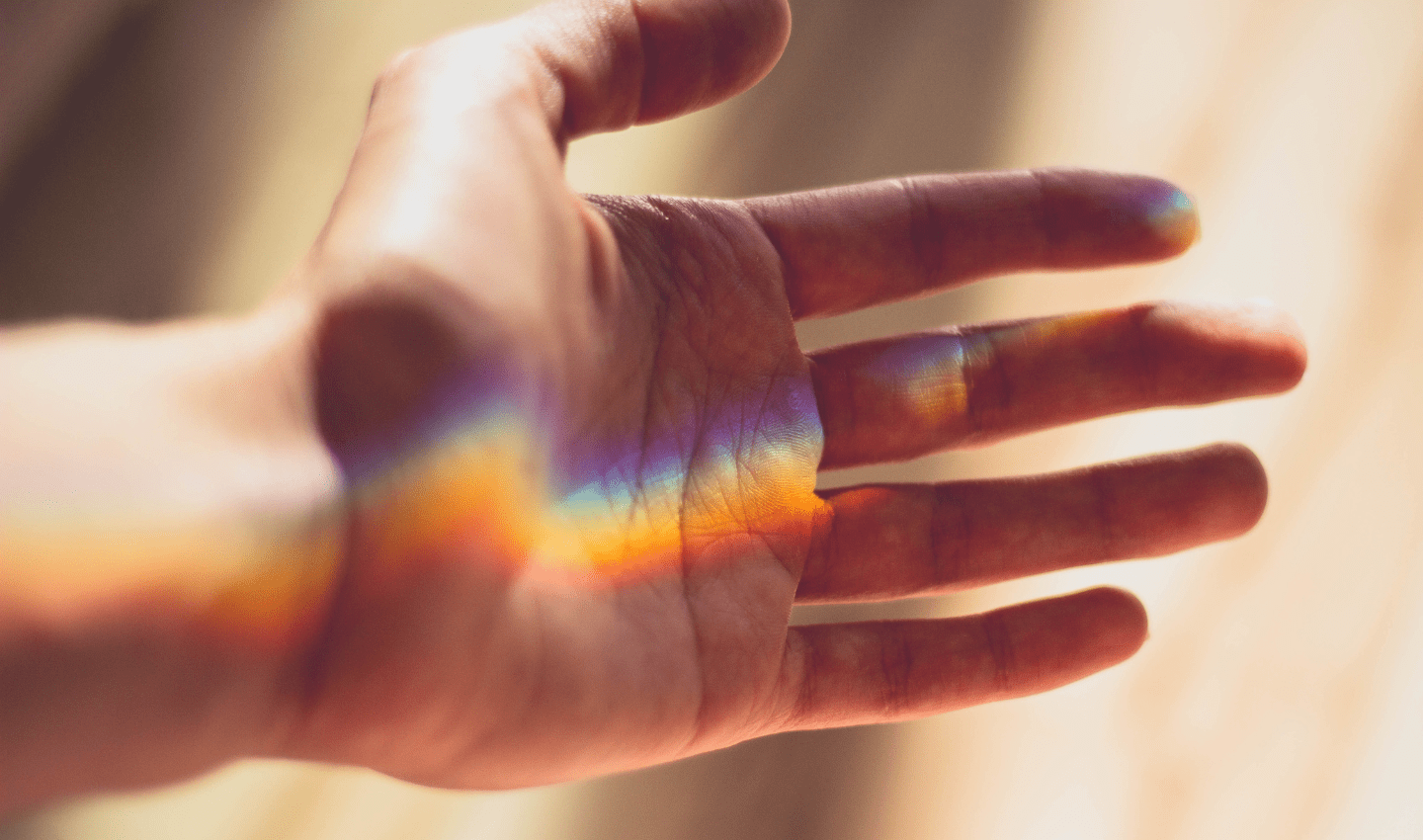- Latest News
- Our Impact: Threats
The Ocean is turning green because of climate change
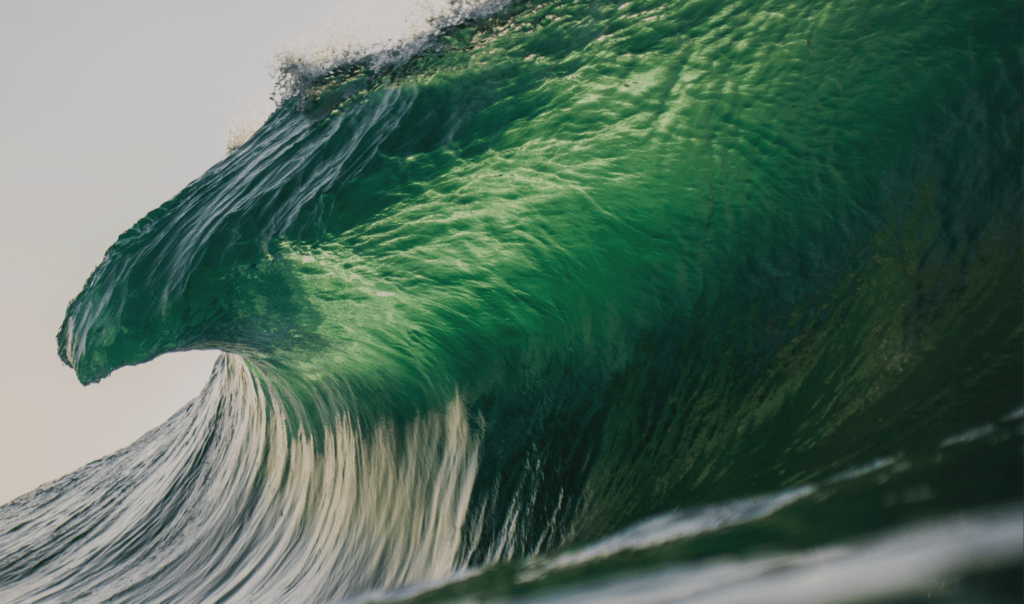
Over 56% of the Ocean is turning green.
More than half of our Ocean has changed colour in the last 20 years, turning more green than blue. (That’s more than Earth’s total land area.) The culprit? Climate change.
Nature published a study in July ’23 that analysed two decades of research which we’ve translated into a 5 minute read about why the Ocean is changing colour and why we should care.
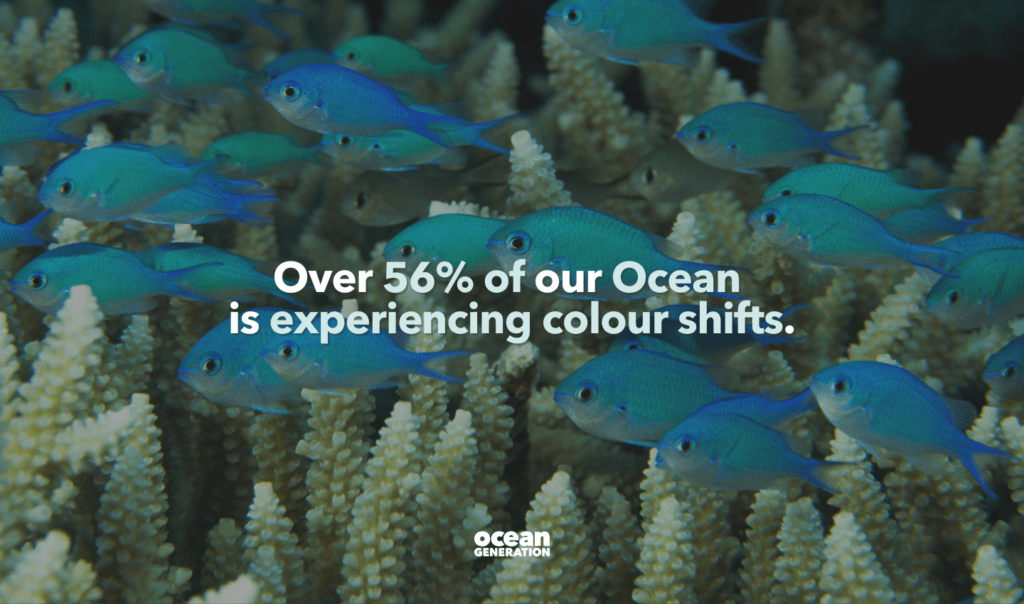
Why is the Ocean turning green?
Colour shifts in the Ocean happen for many reasons, like when light bounces off of particles (like plastic) and sediments in the water.
Phytoplankton (micro-algae) is the main reason the Ocean has a naturally green hue because it contains chlorophyll, like all terrestrial plants.
But phytoplankton is more than a just splash of colour. It’s the base of most Oceanic food chains, the main producer of our oxygen, and stores the bulk of our carbon.
So, shifts in Ocean colour aren’t really about the colour. We care about the colour shifts because they’re indicative of changes happening in important surface-level ecosystems.
How is the Ocean’s colour shift linked to climate change?
Good question. Tracking how changes in climate impact our Ocean can be challenging because of the sheer scale of our Ocean. So, often, time-series data is used to measure trends over long periods.
For this study, 20 years of observations from June 2002 to June 2022 by Nasa’s Modis-Aqua satellite were used.
By studying wavelengths of sunlight reflected off our Ocean’s surface, the scientists tracked the fluctuations in greenness (basically: How much phytoplankton is living near the Ocean’s surface, based on estimates of how much chlorophyll there is).
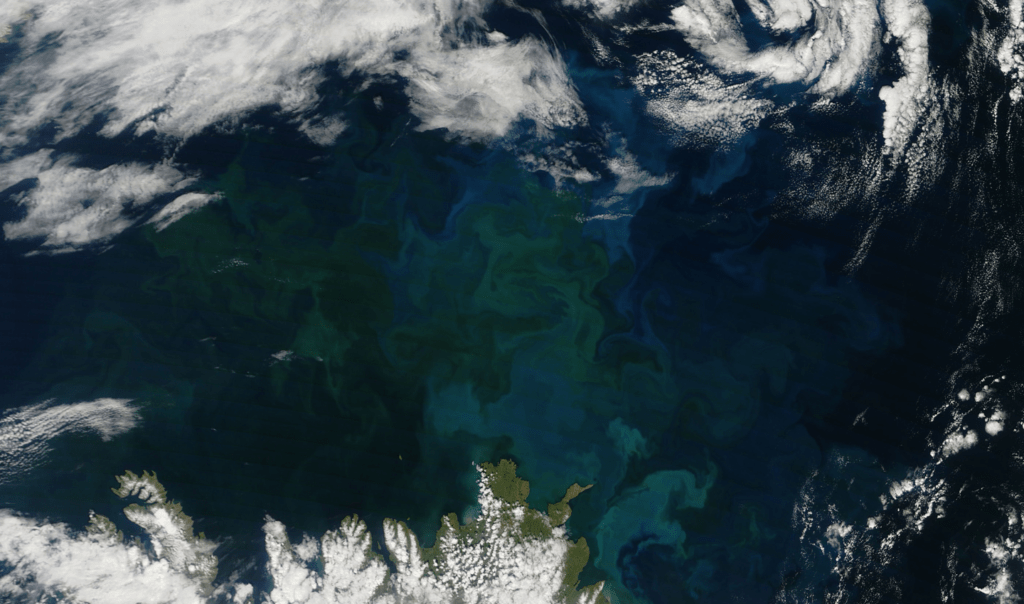
Of course, phytoplankton populations have natural fluctuations.
To assess the connection to climate change, researchers created a computer model.
The model measured how phytoplankton populations may respond to increases in greenhouse gases (without the natural variations).
The results (between reality and the only-climate-driven-changes model) matched almost exactly, prooving:
Oceanic plant populations (measured by the green they’re adding to the Oceans colour palette) can indicate climate health.
What’s the impact of a greener Ocean?
It all comes back to the phytoplankton.
If the health of phytoplankton is impacted, there are implications relating to:
- Our Ocean ‘s ability to store carbon;
- The entire Ocean food chain (and thus, ours);
- Balance in the biogeochemical cycle (AKA: the water cycle, nitrogen cycle, etc).
We say it all the time. We mean it every time: A healthy Ocean is essential for all life on Earth.
